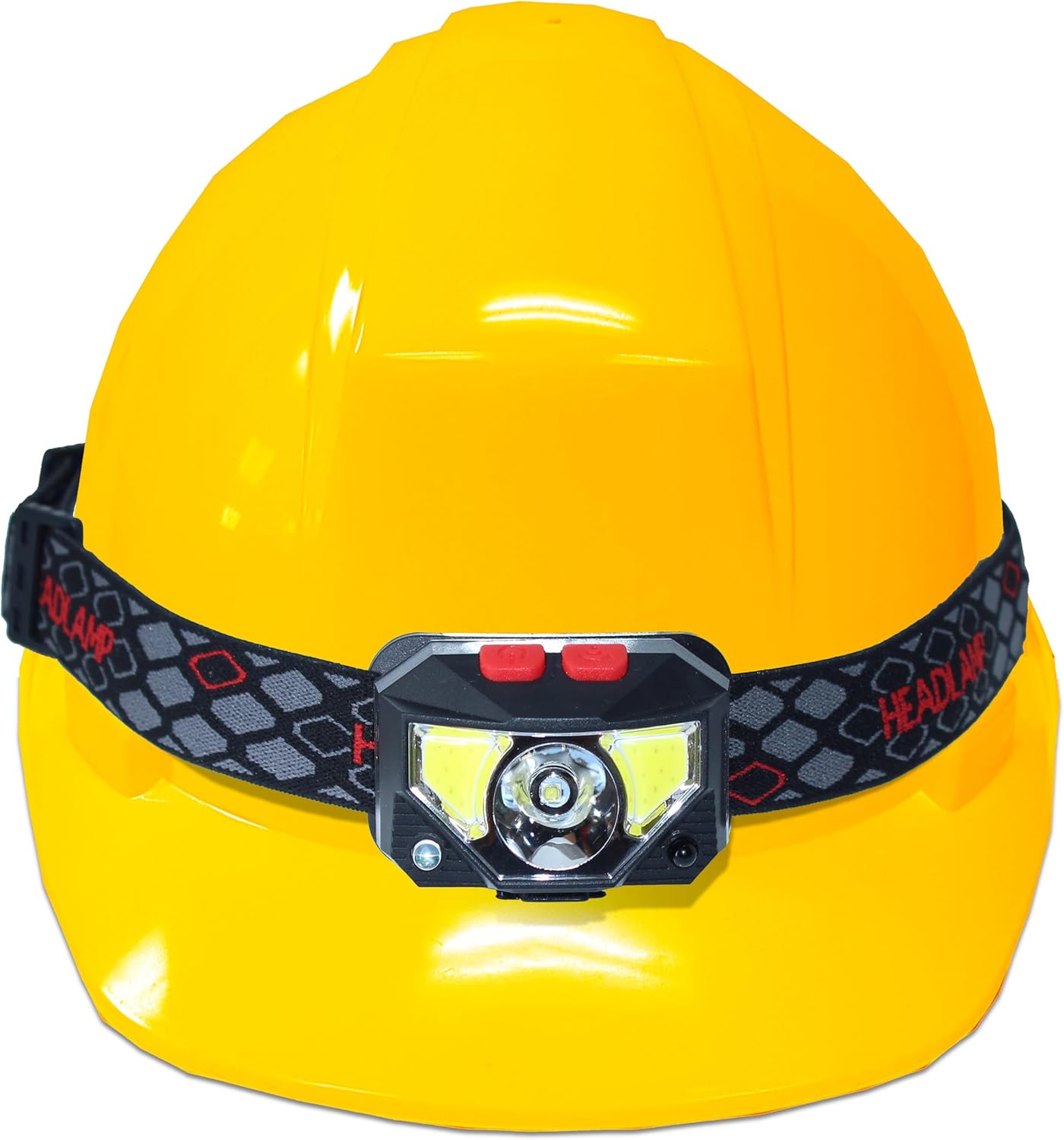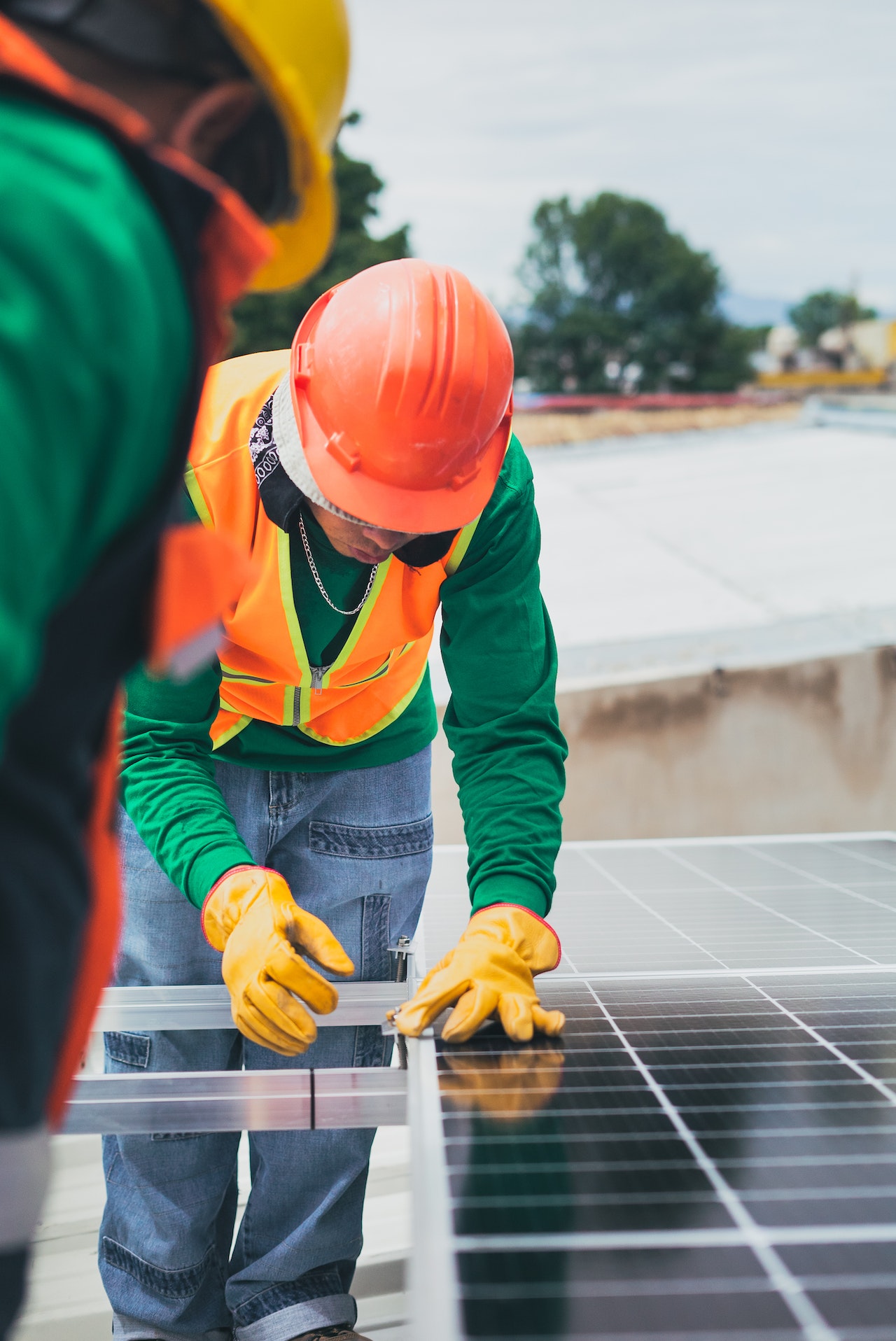Safety in the workplace should be a goal that every company wants to achieve. One way to make sure employees are safe in a hazardous environment is to enforce the use of hard hats.
The hard exterior shell can prevent direct blows to the heat and also help prevent various head injuries including concussion and brain damage.
A hard hat is like a helmet but there are some differences between the two. Hard hats have different uses, and are meant for working environments with a high risk of injury, such as construction sites.
A hard hat’s purpose is to protect your head from blunt forces, such as getting hit in the head with an object or falling and landing on your head. In addition, hard hats help prevent pressure forces such as electrical shock and heat absorption.
In order to successfully pick out a hard hat, or safety helmet, you should take several factors into account. Identify which tasks the worker will be carrying out as well as possible constraints and risks on the site.

Table of Contents
Hard Hat Levels of Protection
The level of protection you will need from a safety helmet depends on the activity you will be doing.
For example, the type of helmet worn for cutting trees isn’t the same kind as you would wear on a building site. In addition you must take into account the worker’s head circumference as well as whether the helmet will be comfortable for the period of time it has to be worn.
Consider how the plastic components are treated or strengthened, whether there is a chin strap, whether the hat includes a cooling cap (for working in the sun) and whether it offers anything in the way of hearing protection.
How Long It is Worn
Consider when the hard hat will be worn. A hard hat is good for a short time period because it’s easy to put on and remove. However, if you are going to wear it for longer periods of time, consider a high-performance safety helmet made of lightweight materials.
Chin Guards
These hats typically come with chin guards which can be a basic plastic strap to go around the chin, or made of nylon straps. Some let you fit your own strap. You could pick any of these three options depending on convenience and your budget.
Type I and Type II Hard Hats
The difference between these is that Type I hats are made to protect workers from blows and objects coming from overhead and potentially hitting the top of the helmet. Type II ones are made to protect against lateral objects and blows. So determine which poses the greatest threat on your site to decide which is best.
Safety Helmet Standards and Regulation
Different countries have their own laws about hard hats. The technology and design has improved a lot over the years, and workers have a wide range of hard hats to choose from today.
Head protection must be worn when workers are at risk of burns, electrical shot, flying objects or impact from falling. Typically hard hats are required for construction and manufacturing, as well as other jobs.
They have been obligatory on British building sites for the past 30 years, and it’s an essential PPE item if there is any risk of being hit by moving or falling objects where you work. A hard hat can protect against head injuries, spinal injuries and even death.
Employers have to provide hard hats to all employees on site, as well as visitors, unless there is no foreseeable danger. Examples of minimizing the danger include measures like using scaffolds with toe-boards and perhaps also brick guards.
Nearly every building site has sufficient head injury risk.

What are Hard Hats Made Of?
There are two main parts to a hard hat. The outer part, or shell, is made of fiberglass or plastic. This part offers the ANSI-required impact protection. It is also a visible sign the worker is protected, and different colors of hard hats can make employee identification easier.
The other component is called the headgear or suspension. This is the part that goes between the shell and the worker’s head. The headgear absorbs the energy of impact if an object hits the shell, to reduce the potential of injury and also to make the hat adjustable and more comfortable.
Hard hats range from polyurethane to carbon fiber, and you can also fine fiberglass, fiberglass-metal composites and high density polyurethane on the market.
For the best result, pick a hard hat made of newer, lighter materials. ABS plastics and composite materials are durable enough to meet or exceed ANSI impact requirements and they’re also lightweight which means more comfort for the wearer.
It is critical to choose an ANSI approved hard hat. It has to be ANSI Z89.1-2014 approved. There are also different class ratings, such as E for electrical, C for conductive and G for general.
Make Sure You Choose Comfort
Someone in construction, such as a roofer, is going to be wearing a hard hat all day long. For this reason, it is important to pick something comfortable. An uncomfortable safety helmet is going to limit productivity and it will also be tempting to remove.
The best protective headwear is designed with both safety and comfort in mind. A high quality safety helmet will keep you protected while comfortable, cushioning material around your head will make you want to wear it.
Cushioning provides comfort but so do vents and brims. A vent will help to circulate air around the helmet so you don’t overheat in there. Vents also help prevent itching that can be caused by wearing something too hot on your head.
A brim can shield your eyes from the sun. A full brim safety helmet also offers protection from lateral impact.
Sweatbands are nearly always required, especially when working somewhere hot and humid. This stops sweat from running into your eyes and increases your comfort.
Choose a hard hat offering an adjustable fit. If it doesn’t fit well or isn’t comfortable it’s going to spend more time in the worker’s locker or on their work bench than on their head.
Hard hats should also be accessory-ready, meaning you can wear face protection or hearing protection while wearing the hard hat. Some come with accessory slots.

Inner Suspension
Internal suspension ensures you’re safe as well as comfortable. The inner suspension balances the weight which could land on the hard hat, distributing it better than hard hats without inner suspension. So this is a factor to keep in mind when choosing head protection.
A suspension system keeps a distance between your head and the shell of the hat as well as distributing the impact from anything that might strike your head. You can choose from a 4-point system or a 6-point one.
Choose a minimum of a 4-point suspension on a hard hat. If your budget covers a 6-point suspension, choose that instead because it’s better.
Hard Hat Colors
There are different regulations depending on the job you are doing. Some hats for specific jobs are only made in yellow, which others come in a wide variety of colors and styles.
There is no official standard you have to follow but hard hat colors are typically used like this:
- White: Managers, foremen, engineers and supervisors
- Brown: Welders and those working with high heat
- Green: Safety inspectors and sometimes new workers
- Yellow: General laborers and earth-moving operators
- Orange: Road crews, visitors and sometimes new employees
- Blue: Technical advisors, carpenters and temp workers

Optional Hard Hats Features
Hard hats come with optional features which you might or might not want to have. They might have hi-vis stripes or logos.
They can have a face shield or visor to protect from flying debris, radiant heat, chemical splashes, arc flashes and infrared radiation.
Bump caps are lightweight helmets that resemble industrial baseball caps. These are designed for workers with a light risk of head scrapes and bumps, but since they are not ANSI certified they aren’t for other workers.
Why Hard Hats are So Important
Buying a hard hat isn’t like shopping for a regular hat. These are designed primarily with safety in mind.
A building site can be a dangerous location and PPE such as hard hats go with the territory. It’s good practice to wear a hard hat if you’re self-employed or doing building work on your own premises.
An employer is supposed to provide employees with PPE but it’s still a good idea to invest in your own hard hat if you want a more sanitary one or you want to be in charge of your own safety.
Head injuries are among the most dangerous calamities that can happen at work. They can result in brain injury leading to long-term mental or physical impairment or even death.
Under the Management of Health and Safety at Work Regulations from 1999, employers have to provide all the necessary PPE to their staff. A lot of head injuries can be either prevented or made less serious if workers are wearing hard hats.
If you aren’t sure which type of hard hat to buy, carry out an assessment of the workplace. Check for objects which can fall and hit workers on the head, places where someone’s head might come into contact with an electrical hazard, and fixed objects someone could bump their head on.
How Often to Replace a Hard Hat
These protective hats have to be replaced over time, just like with any other kind of PPE. If you see damage like cracks, dents, fatigue or penetrations, this means the hard hat must be replaced.
Heat and the sun can be hard on safety helmets, causing them to get brittle over time. It is very important to inspect your hard hat every time you use it. Another way to figure out whether it’s still good or needs to be replaced is to hold it in both hands and squeeze it to administer force.
If it creaks or makes a sound, it should be replaced. Industry standards dictate hard hats much be replaced every five years, even if no damage is found, while some manufacturers recommend replacing them every year.

Hard Hats: In Conclusion
Hard hats have improved in recent years, both in terms of comfort and design, but head injuries at work have not decreased.
Such injuries can be very serious and impact a worker’s quality of life, as well as increasing employers’ costs.
Workers deserve to be protected and OSHA requires employers to provide and oversee adequate head protection for workers who are exposed to this kind of potential injury.
